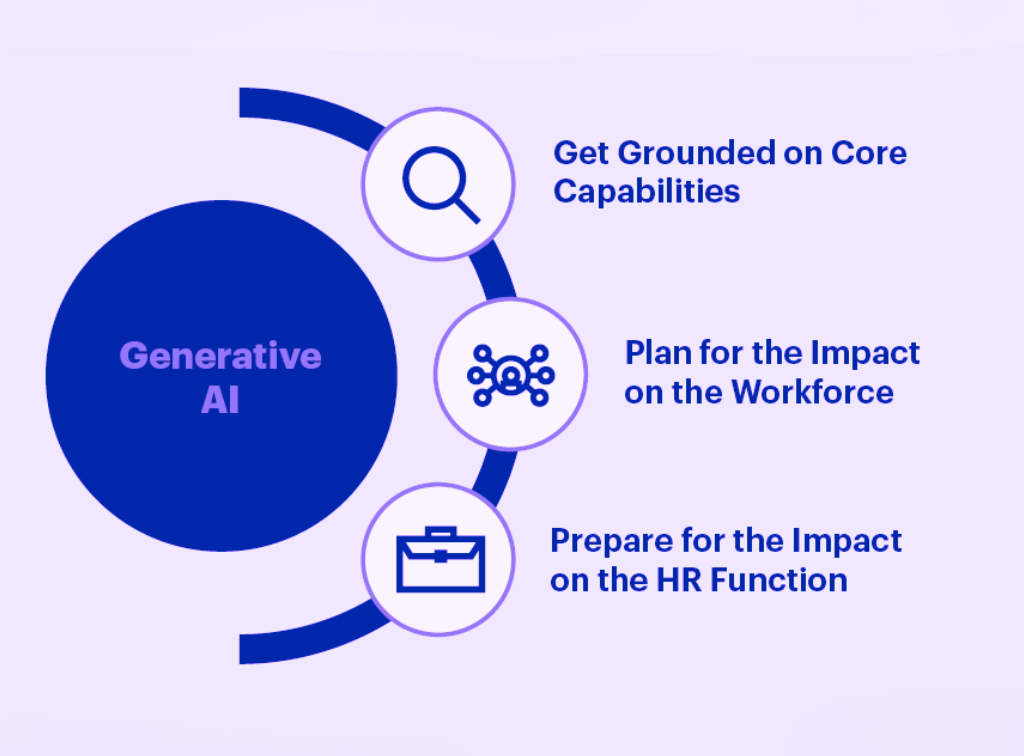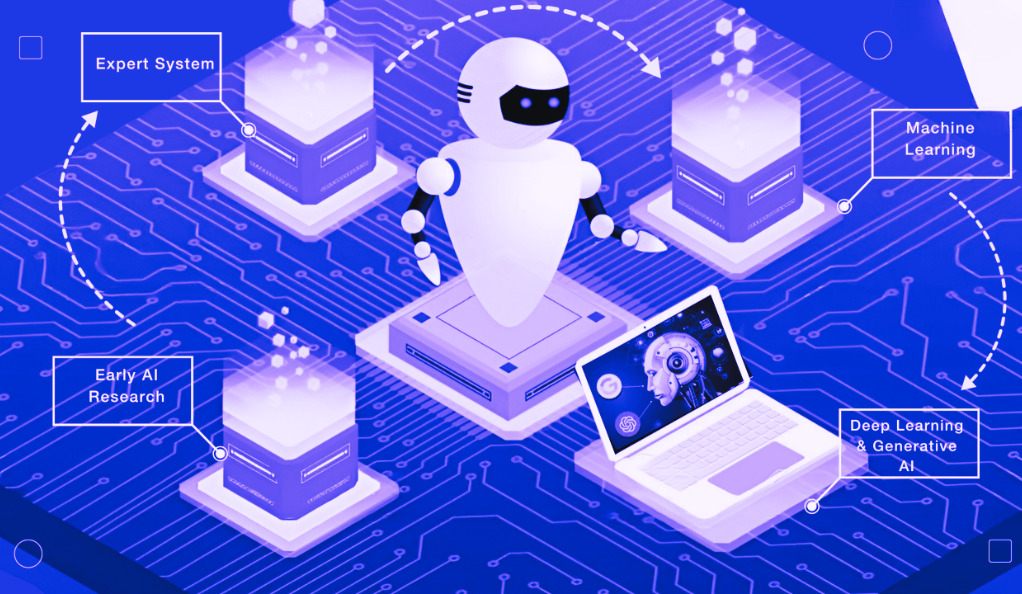Artificial Intelligence (AI) has infiltrated virtually every domain of human endeavor, transforming the way we study, work, and live. Among the most impressive aspects of AI is its ability to generate content, a potential area known as Generative AI. Although still in its infancy, this field has evolved significantly in response to various technological developments and is poised to make extraordinary leaps in the immediate future. This article provides an overview of the history and likely future of Generative AI.

Tracing the Genesis: Evolution of Generative AI
The seeds of Generative AI were planted in the last couple of decades, accelerated by the progress of computational capacities, deep learning algorithms, and vast amounts of accessible data. Fields such as machine learning, data analysis, and pattern recognition facilitated the foundation of AI systems capable of generating content. The initial forays into this realm were text-based, with auto-completion and predictive typing as typical examples.
The next phase in the evolution of Generative AI was the application to image and video content. This represented a significant shift, as AI learned to interpret and reproduce visual data. Techniques such as Deep Convolutional Generative Adversarial Networks (DCGANs) saw AI systems develop the ability to identify patterns in images, and subsequently, generate similar images.
The development of self-learning algorithms allowed AI to improve and refine its generative capacities. These self-learning algorithms, such as unsupervised learning and reinforcement learning, essentially let the AI learn from its mistakes and make necessary adjustments to improve performance. This advancement was a major tipping point in the evolution of Generative AI.
The previous few years have witnessed an explosion in the capabilities of Generative AI. The advent of GPT-3, developed by OpenAI, demonstrated the power of these systems. It was able to produce anything from poetry to programming code, speeches to text simulations that mimic the style of specific writers – an exceptional demonstration of Generative AI’s capabilities.
Nonetheless, the realm of Generative AI is not void of shortcomings. Issues such as the inability to rationalize its decisions, and challenges in implementing abstract reasoning still persist. These areas require further inquiry and research as we forge ahead in the evolution of Generative AI.

What Lies Ahead: 4 Significant Advances in Generative AI
As we march into the future, several advancements on the horizon hold the promise of revolutionizing Generative AI. The first is the development of AI systems capable of creative reasoning. This will involve injecting elements of creativity into AI, ultimately driving it to generate groundbreaking solutions to complex issues.
Next is the enhancement of precision in Generative AI. Current systems excel in generating content within defined paradigms. Improving the accuracy of these systems to generate more nuanced and context-specific content is the next frontier in the evolution of Generative AI.
The third advancement involves overcoming ethical and security concerns associated with Generative AI. There is a real risk that such technologies could be abused, leading to what’s known as “deep fakes” in media or posing security risks. Addressing these concerns through ethical frameworks and robust security mechanisms would build trust in AI technologies and facilitate more widespread adoption.
The last key development is enriching the AI’s ability to understand and generate multi-modal content. While current AI can generate text and images separately, a major leap forward would be to have AI understand and generate multi-modal content, combining text, images, sound, and video to provide a holistic communication experience.
Generative AI has the potential to revolutionize industries and transform how humans interact with technology. Its evolution has already taken leaps from text generation to the generation of images and even poetic verses. However, it is clear that we are only scratching the surface of its vast potential. As we look to the future, advancements in creative reasoning, precision, overcoming ethical concerns, and multi-modal generation are the next milestones to conquer. We stand on the cusp of a transformation that promises to redefine the boundaries of technological innovation.
Ainu Token aims to offer impartial and trustworthy information on cryptocurrency, finance, trading, and shares. However, we don't provide financial advice and recommend users to conduct their own studies and thorough checks.



Comments (No)